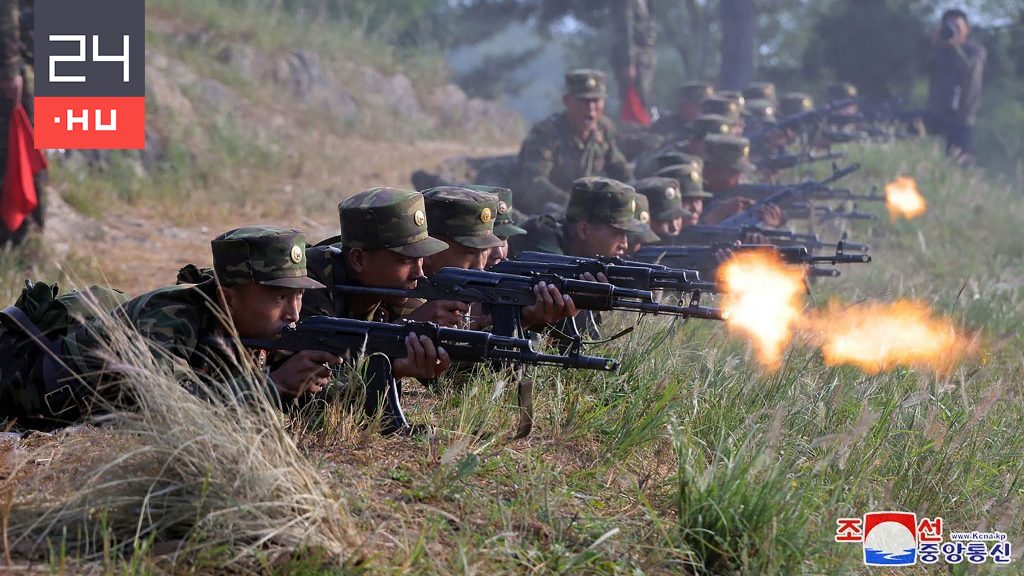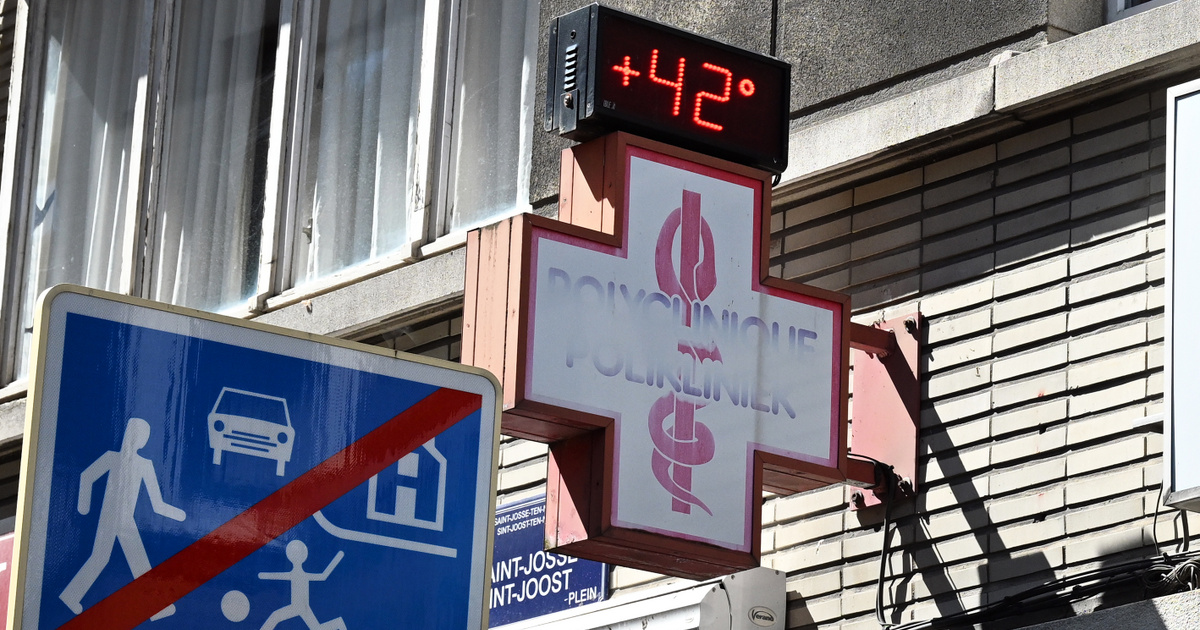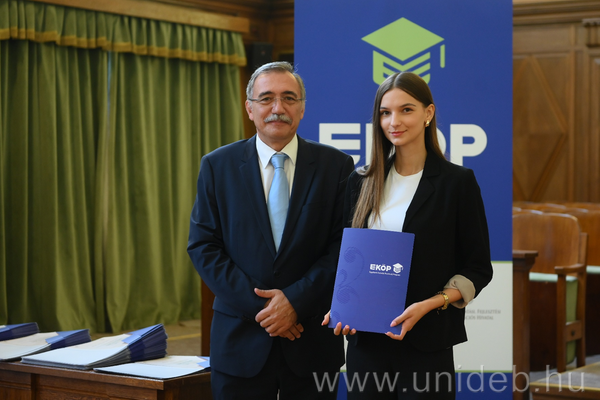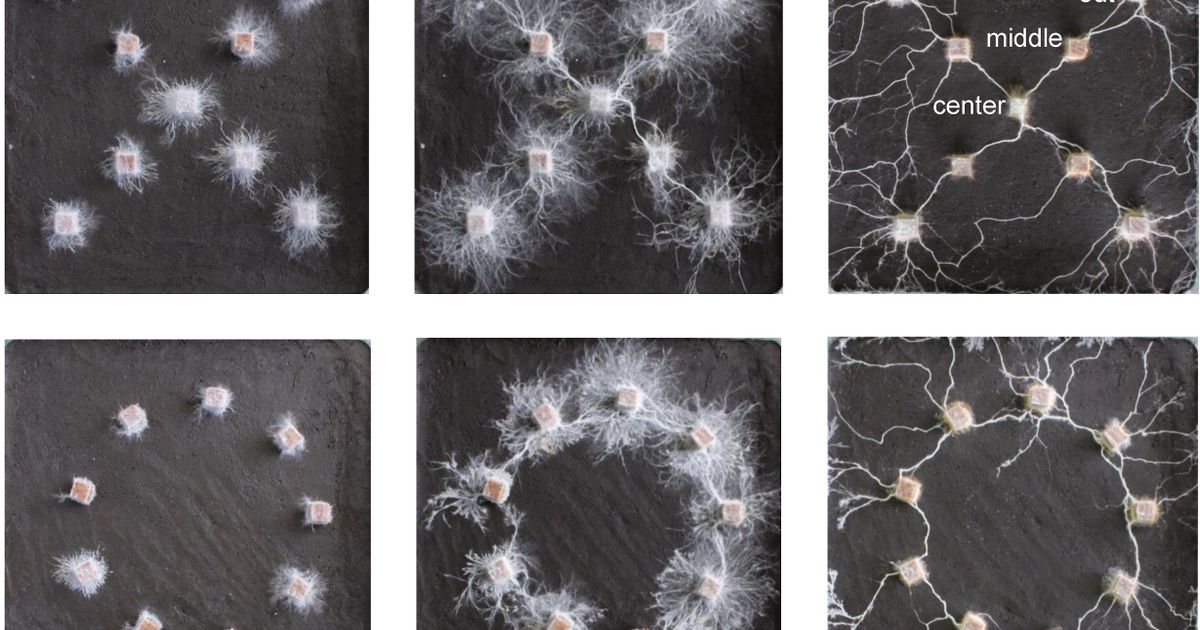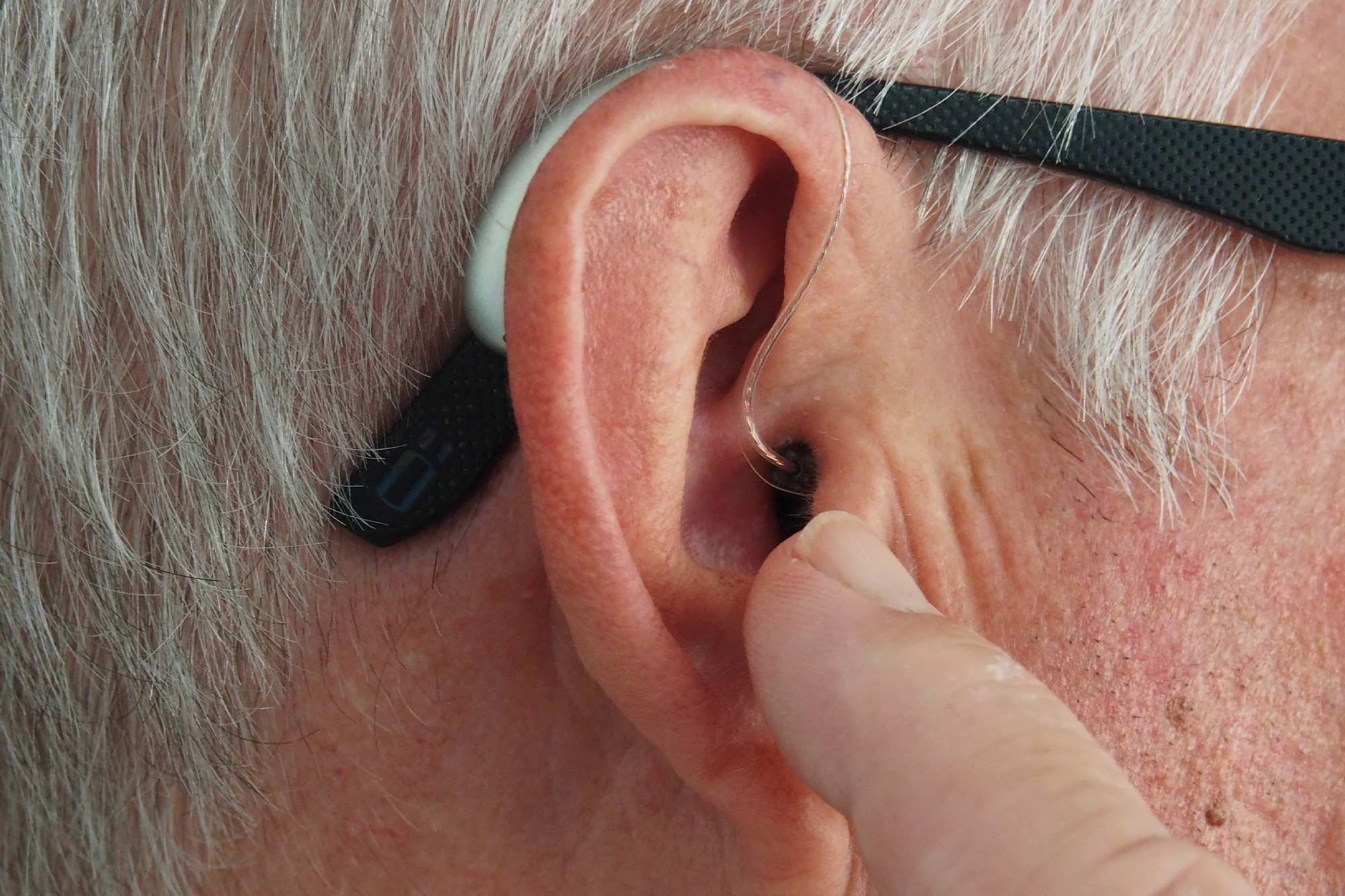The relaxation of regulation of legal immigration was necessary on the one hand because of the growing labor shortage, and on the other hand because of the aging of European societies.
Meanwhile, there is also legal immigration, which receives much less attention portfolio.hu. The relaxation of regulation of legal immigration was necessary on the one hand because of the growing labor shortage, and on the other hand because of the aging of European societies. In Europe, the population is aging rapidly, while the birth rate is persistently low. By 2050, retirees are expected to make up a third of the EU population.
In Hungary, the Fidesz-KDP government, which has opposed uncontrolled immigration from outside Europe for years, introduced a draft law on the employment of guest workers in the fall of 2023 in line with EU directives to deal with local labor shortages. According to the project, for each job position it must first be checked whether there is a Hungarian worker, and if so, he must be hired, and only if there is not, a guest worker can be hired.
In 2022, 37.7 million migrants were registered in the European Union.
More than 93% of foreigners (35.1 million people) live in countries that were members of the Union before 2004 (such as Germany, Austria, France, Italy and Belgium), while new EU member states are chosen by 2.3 million foreigners.
Hungarians traditionally try to travel to German-speaking regions, but in recent years more and more people are choosing the British Isles as well. This is proven by the fact that Hungarians submitted the tenth most applications to Great Britain at the time of Brexit, with a total of 181,490 people applying for settlement permits.
Data for Hungary shows this
In 2021, 333,000 foreigners between the ages of 15 and 50 obtained a residence permit.
The centrality of Budapest is particularly striking in some cases, for example in the case of citizens from the Far East (e.g. China, Indonesia or Vietnam) (84-88%), but it can also be observed in the case of Italian and British citizens. Or French, American or Polish settlers as well (75-80%). A different regional pattern can be seen in the settlement of Serbian, Slovak and Ukrainian citizens, who live largely in geographically close border counties

